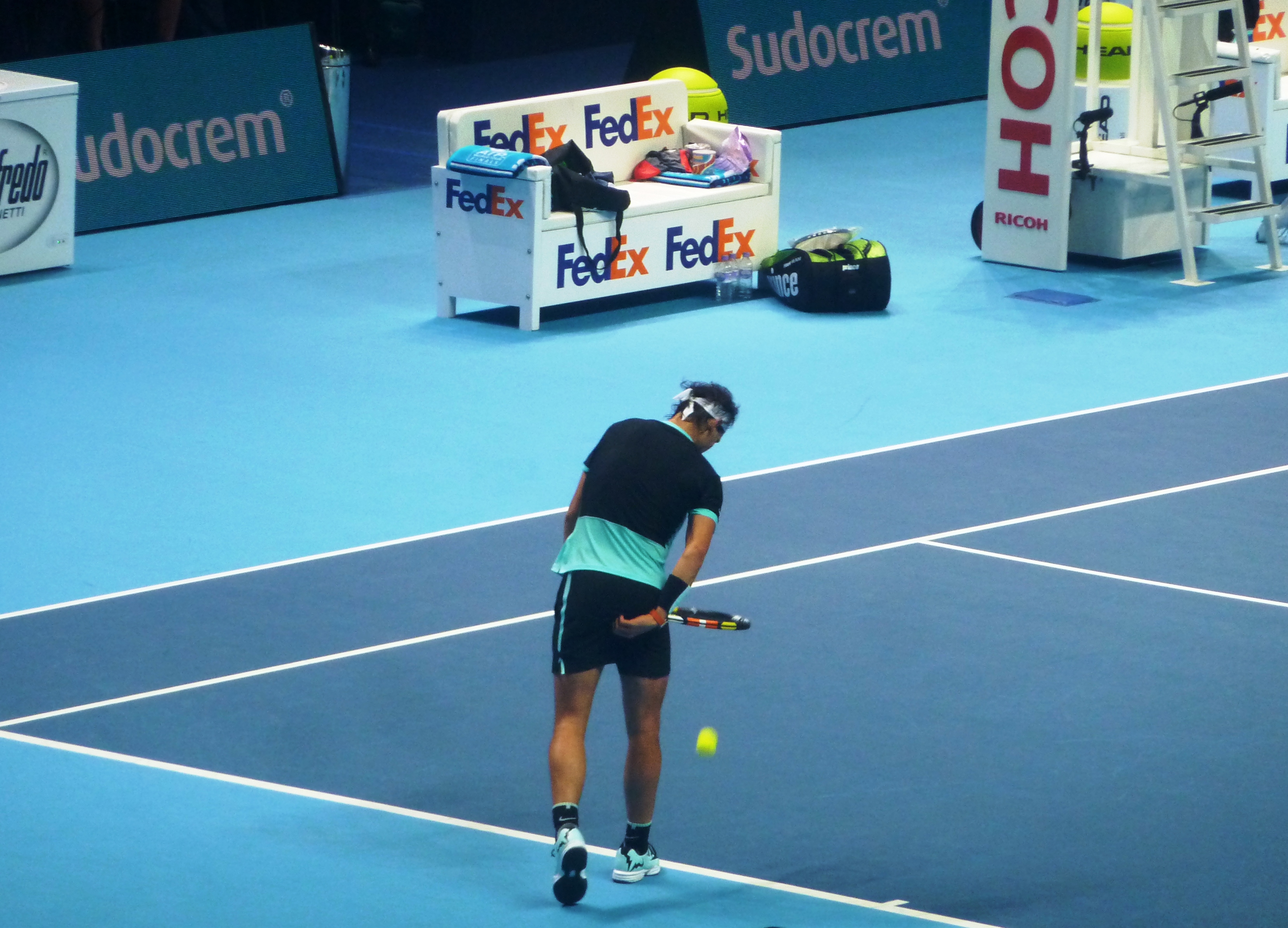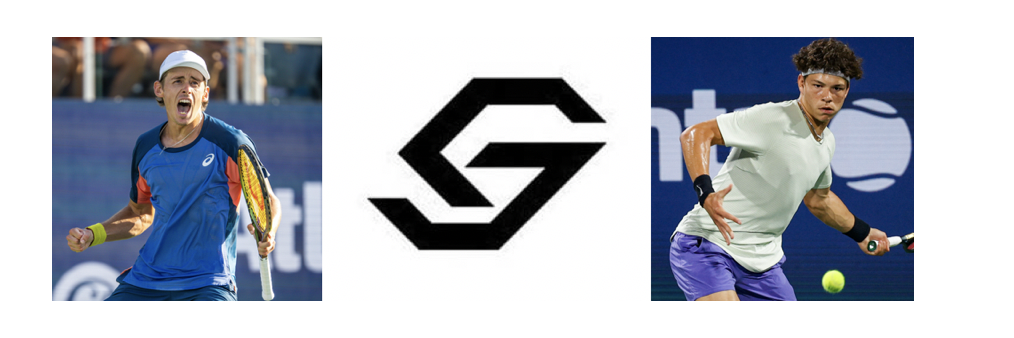
The International Premier Tennis League features plenty of interesting competition rules that are not seen on the ATP World Tour. Some are complicated; others are not. One rule that fits into the latter category is a maximum of 20 seconds between points.
On the ATP Tour, a maximum of 25 seconds are allowed. And that is not where the differences end.
The IPTL has a set-in-stone shot clock that will grant no leniency when the 20-second rule is violated. And if there is a violation, it results in an automatic loss of point. In ATP competition, chair umpires have plenty of wiggle room with which to let players off the hook when they take longer than 25 seconds in between points. And violations do not result in a loss of point. A player’s first transgression gets him a warning and subsequent violations result only in the loss of a first serve.
From the ATP rule book:
M. Continuous Play/ Delay of Game
Play shall be continuous, except that a maximum of twenty-five (25) seconds may elapse from the moment the ball goes out of play at the end of one point to the time the ball is stuck for the next point. When a changeover ends, ninety (90) seconds may elapse. The procedures for enforcing this rule are as follows:
1) 25 Seconds/Continuous Play
a) Start Stop Watch. The chair umpire must start the stopwatch after the ball goes out of play or when the players are ordered to play.
b) Time Violation or Code Violation. A Time or Code Violation must be assessed if the ball is not struck for the next point within the twenty-five (25) seconds allowed, except if the chair umpire extends the time for special circumstances defined by the ATP. There is no time warning prior to the expiration
of the twenty-five (25) seconds.
c) A player may not receive back-to-back Time Violations because consecutive delays shall be penalized by a delay of game Code Violation, unless there has been a non-continuous game changeover.
The IPTL also has other time-saving rules such as the loss of a point if a player catches an errant toss instead of attempting a serve.
Edouard Roger-Vasselin loses a point by catching a bad toss:
ERV loses a point with a bad toss. Marat Safin loves it and Mark Philippoussis does NOT. pic.twitter.com/LDzWL7r8wx
— Ricky Dimon (@Dimonator) December 8, 2015
There are, of course, benefits to the IPTL style. The relatively rapid pace of play necessitated by the unique rules is obviously fan-friendly. But it does not give umpire’s enough leeway. For example, players require–and deserve–more than 20 seconds (or even 25) if they just engaged in a 71-ball rally. And the loss of a point for a player’s first such time violation in a match would be far too strict for the ATP Tour.
The bottom line is the IPTL rules are fun–but they aren’t for the ATP…and shouldn’t be.
[polldaddy poll=9224489]
[polldaddy poll=9208548]


Definitely shouldn’t lol
Benny,
I agree!
Players only play 1 set on IPTL which normally lasts between 20 mins and half an hour and they can take time out at any point. On the ATP and ITF tours, matches can last for. 4 to 5 hours with no time out so there is no comparison .
Ricky, why this photo? ?
…and on the IPTL, a tired player can be replaced with another player in the middle of a set!
Ticking follow-up.
Should stick with 25 secs but good idea to have a warning siren at 20 secs so that players could then speed up. The IPTL way of doing it looks fine to me except to stick with 25 secs.